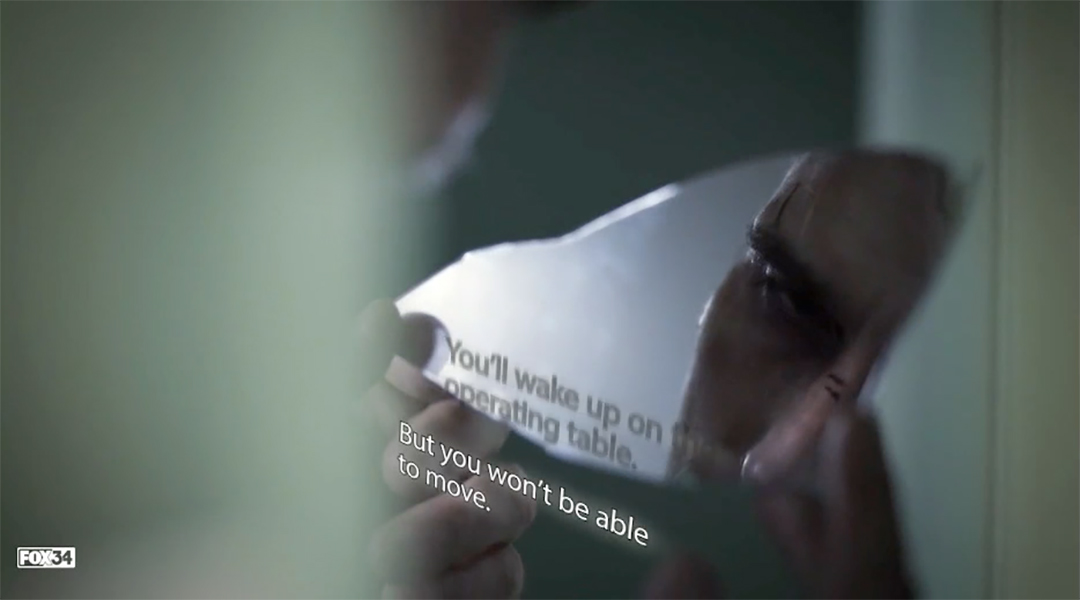
Introduction
Why experimentation is needed in caption studies.
In this webtext, I experiment with novel forms of audiovisual accessibility. Enhanced captioning (also called kinetic, embodied, integral, dynamic, and animated captioning) offers radical alternatives to the taken-for-granted landscape of captioning and sonic accessibility. It disrupts norms and asks us to imagine different disability futures. By blending form and meaning, enhanced captions become integral components of the creative text instead of add-ons or afterthoughts. At the least, they force us to reflect on the problematic relationships between programs and captions, producers and captioners, and how we might bring them closer together.
Keywords: captioning, accessibility, disability, deaf studies, video, design, creative

Why experimentation is needed in caption studies.
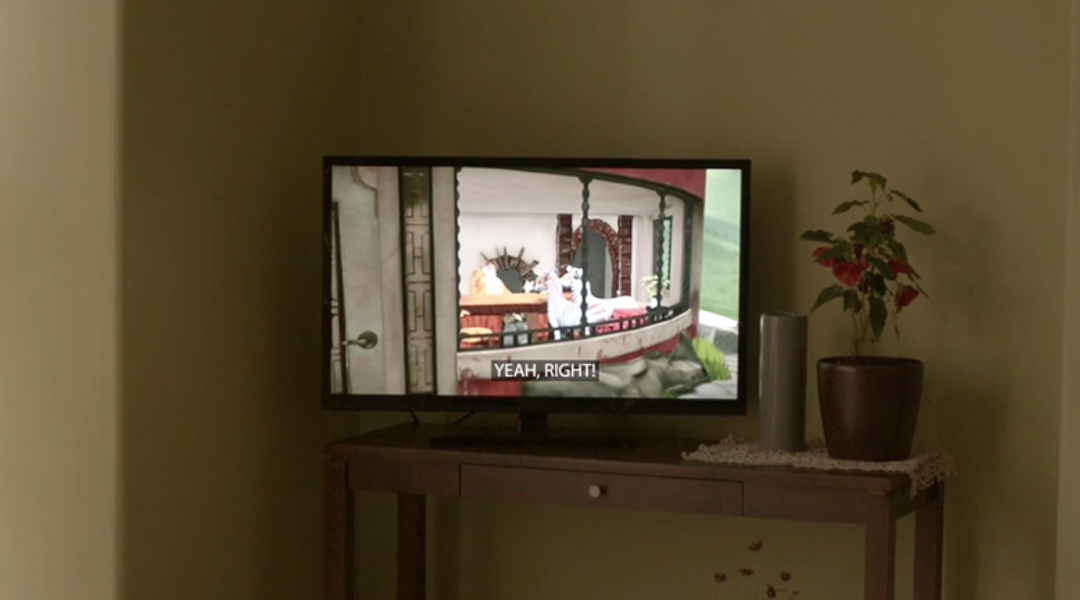
How embedded captions can normalize accessibility. Includes two experiments with meta captioning.
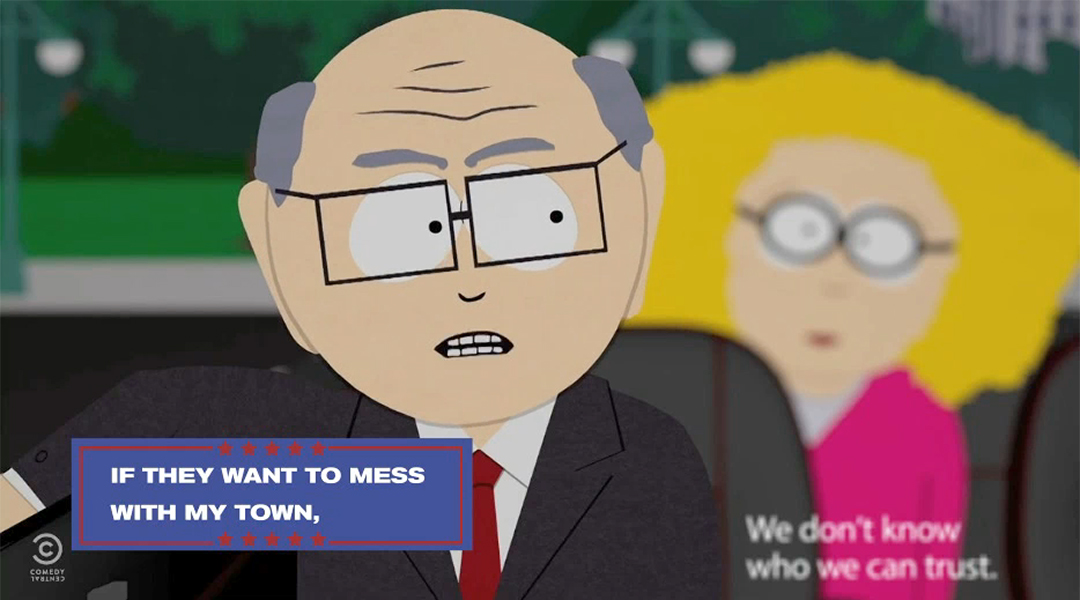
How simple choices can aid speaker identification. Includes four experiments with type casting.
When words are not good enough. Includes five experiments with sustained captioning.
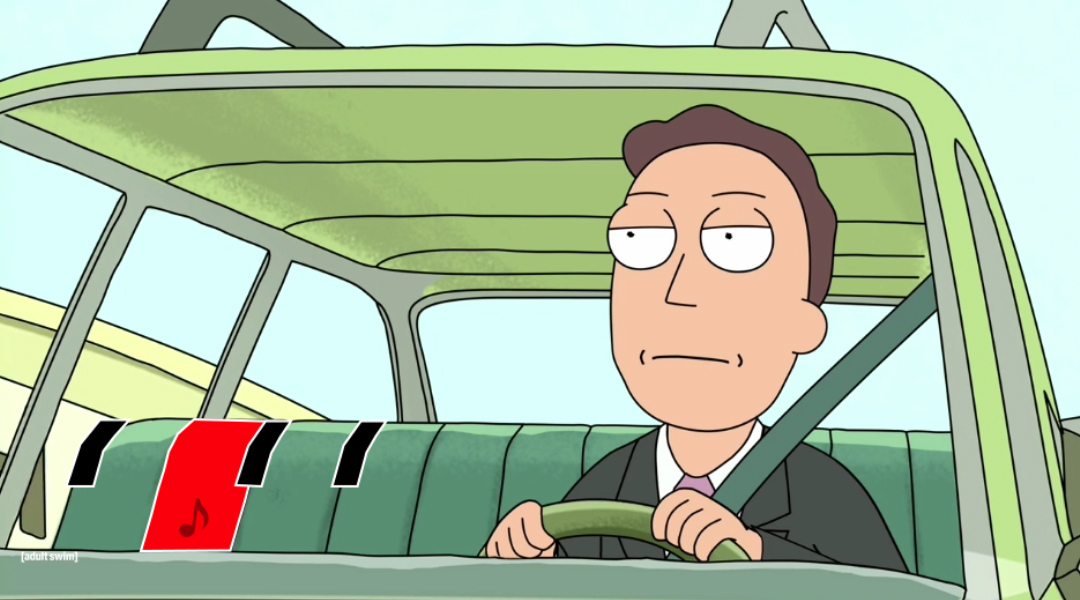
Why norms must be continually critiqued. Includes two experiments with music captioning and four experiments with custom text animations.
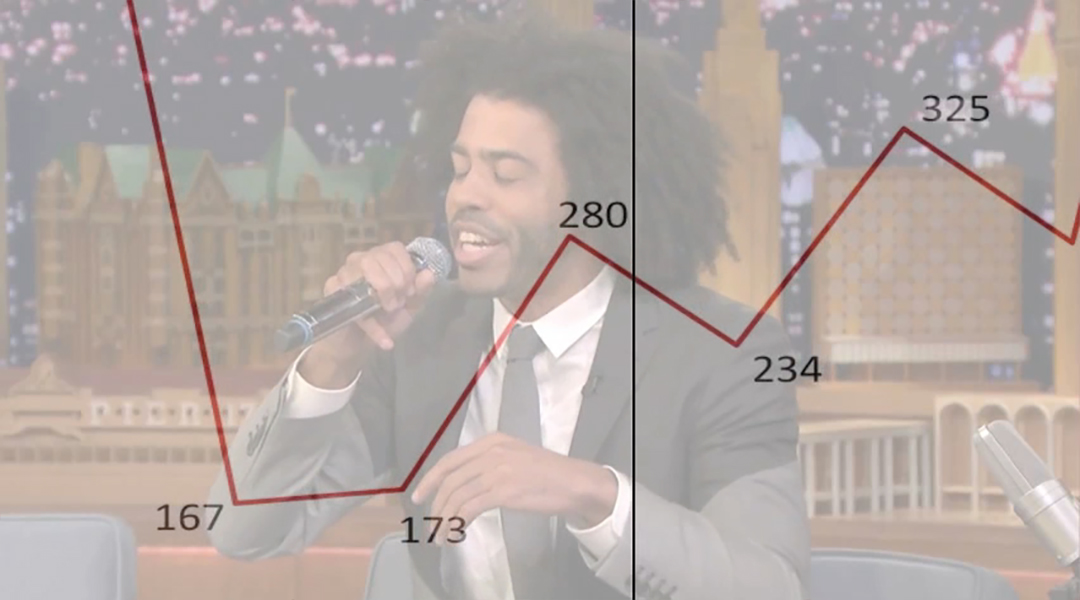
Imagining different futures for captioning. Includes two bonus experiments.